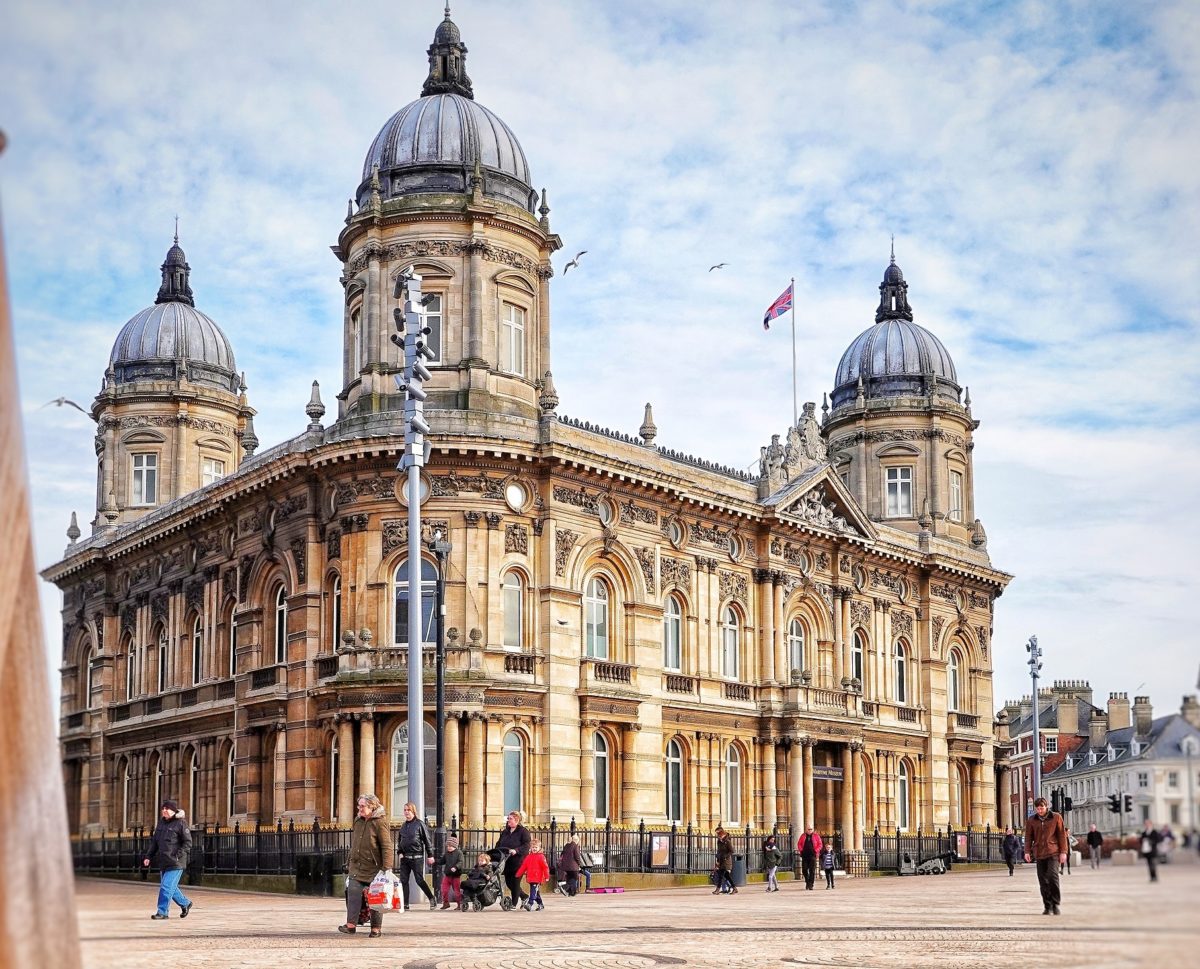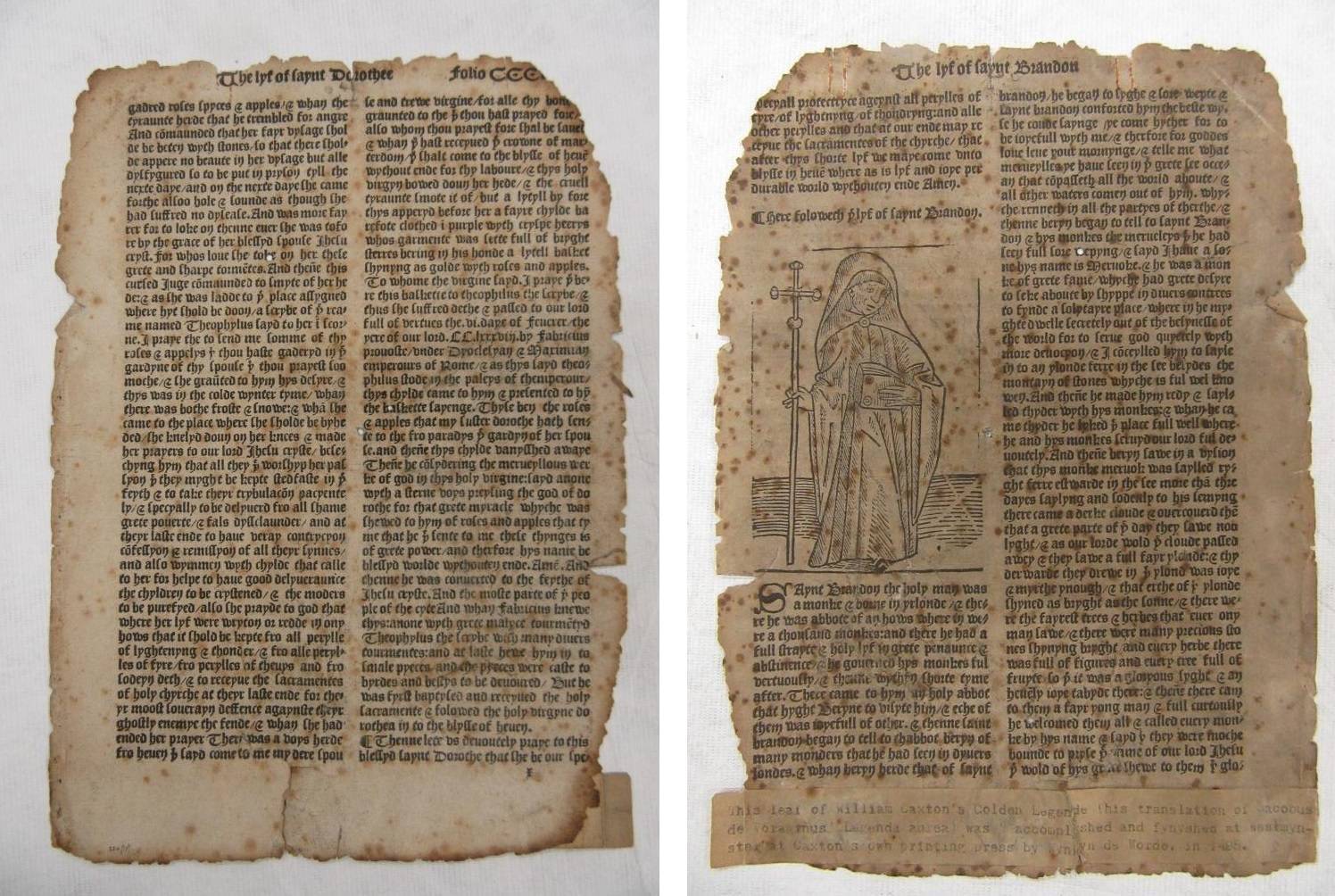An extract from one of the first books to be printed in the English language has been unearthed at the Hull Maritime Museum.
Dating back to 1498, William Caxton’s The Golden Legend was a collection of hagiographies written by Jacobus de Varagine in 1290, widely read in late medieval Europe.
It is considered by experts to be the closest surviving encyclopaedia of medieval saint lore.
The double-sided extract found in the museum shows The Lyf of Saynt Brandon and The Lyf of Saynt Dorothee. St Brendan, also known as Brendan the Navigator, was a mariner and is believed by some to have discovered America.
The note at the bottom reads: “This leaf of William Caxton’s Golden Legende (his translation of Jacobus de Voraginus Leganda aurea) was accomplyshed and fynyshed at Westmynster at Caxton’s own printing press by Wynlyn de Worde in 1498.”

It is believed to have been acquired around the 1930s or 1940s when Tom Sheppard was curator and kept in files at the old Maritime Museum in Pickering Park.
Robin Diaper, curator of maritime and social history at the museum, said: “This is an example of work that has been discovered within our quality collection, as we continue to document the objects before they are moved into secure storage.
“Within museum collections there is always something new to learn and discover. All indications point to it being original, but without scientific tests it is not possible to be 100 per cent sure.
“This significant page is extremely fragile but a fine example of what we hold in store for research, loan or for temporary displays.”
William Caxton set up a press in Westminster in 1476 and first started printing The Golden Legend in 1483.
Preparations are under way to move the objects in to temporary storage ahead of major refurbishment work to the museum.
